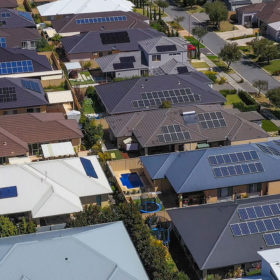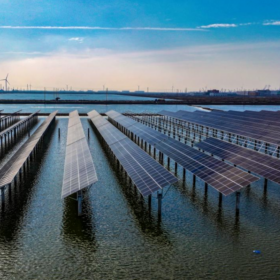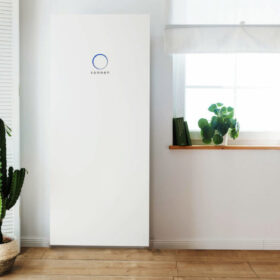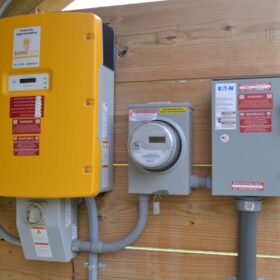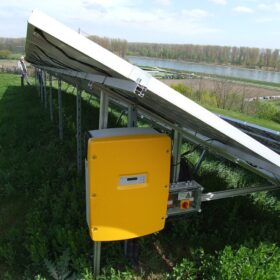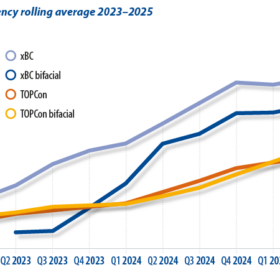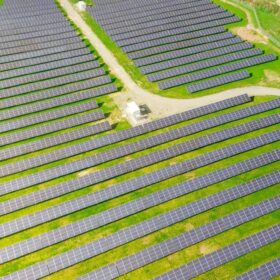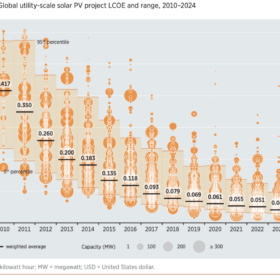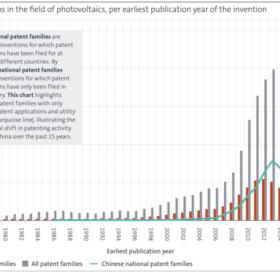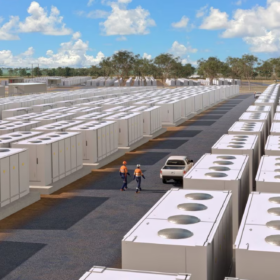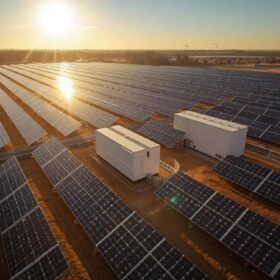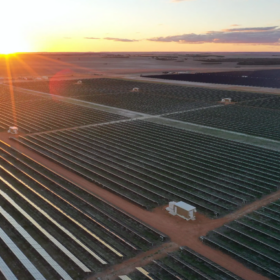Sydney solar wholesaler and distributor lands $8.5 million windfall
Sydney-headquartered solar wholesaler and distributor OSW has secured $8.5 million in strategic funding from China-headquartered clean energy venture capital firm SparkEdge Capital.
Jinko edges past Longi in first-half solar shipments as TOPCon dominates
InfoLink Consulting says global module shipments rose 10% to 247.9 GW in the first half of 2025, with JinkoSolar narrowly pushing past Longi and TOPCon tech accounting for more than 94% of the total.
How long do residential solar batteries last?
Multiple factors affect lifespan of a residential battery energy storage system. We examine the life of batteries in Part 3 of our series.
How long do residential solar inverters last?
Multiple factors affect the productive lifespan of a residential solar system. In Part 2 of our series, we look at solar inverters.
How long do residential solar panels last?
Several factors affect the productive lifespan of a residential solar panel. In the first part of a series, we look at the solar panels themselves.
Sinovoltaics releases latest PV inverter manufacturer ranking
The quality assurance firm updated its inverter manufacturer financial stability ranking with APSystems (Yuneng Technology), Sinexcel, and Eaton in the top three spots.
Non-stop solar innovation despite module oversupply
It’s no secret that prices throughout the solar supply chain have been at rock bottom over the past 18 months. Alex Barrows and Molly Morgan of CRU Group explore how the market reached the imbalance that caused PV prices to crash, what this has meant for innovation, and how it might affect future technology transitions.
Global electricity demand to rise in 2026 as renewables lead, says IEA
Global electricity demand is set to rise more than 3% per year through 2026, driven by growth in Asia and greater use across industry, data centres, and transport, with renewables, gas, and nuclear meeting most of the increase, says the International Energy Agency.
Global average solar LCOE stood at $0.065/kWh in 2024, says IRENA
The International Renewable Energy Agency’s latest report finds little change in the global average levelised cost of electricity for utility-scale solar plants year-on-year, while the global average total installed cost of utility-scale solar projects fell by 11%.
Photovoltaic inventions increase seventeen-fold in three decades
The European Patent Office says China has overtaken other countries in photovoltaic patent filings over the past 15 years, while European startups and universities retain a lead in agrivoltaics and niche solar applications.
